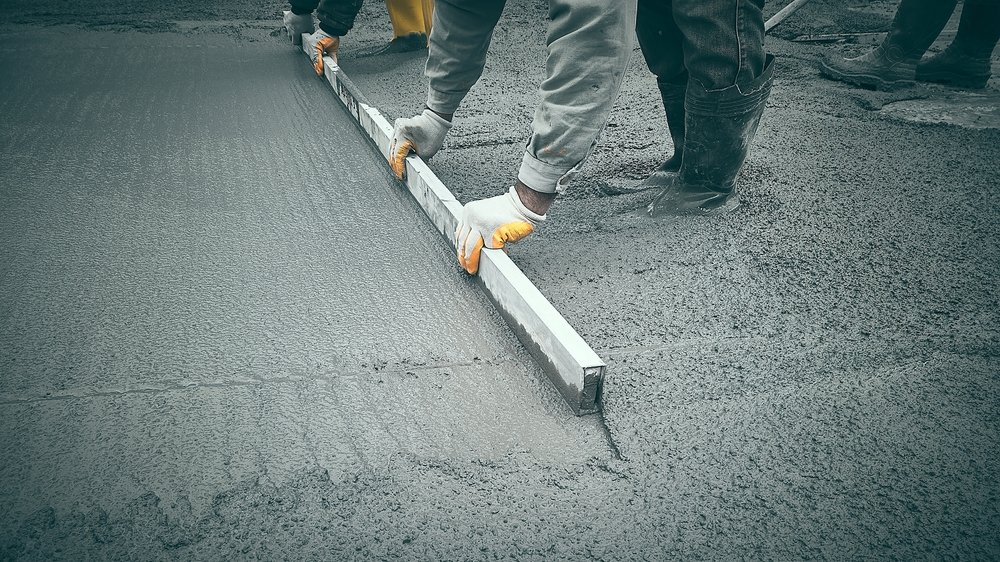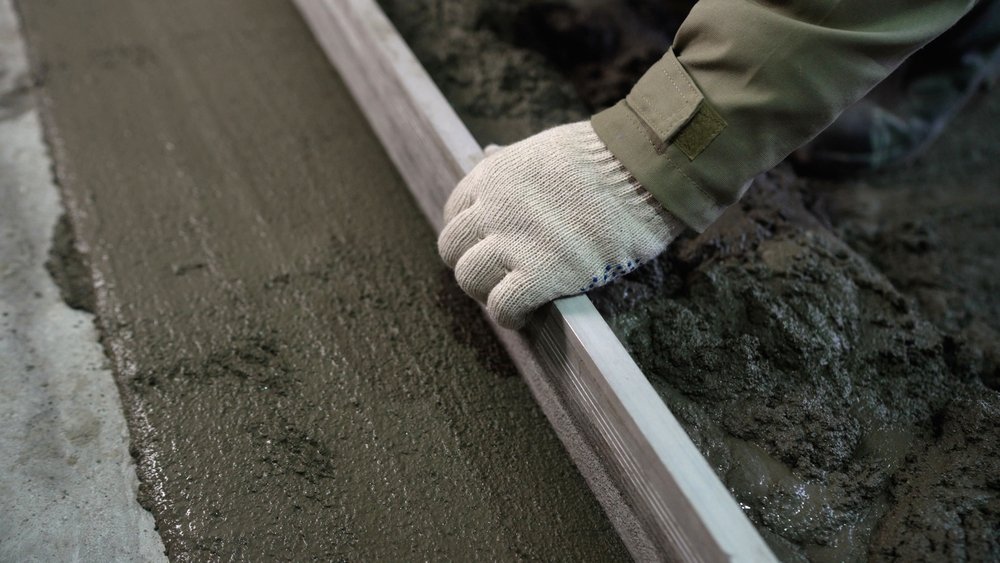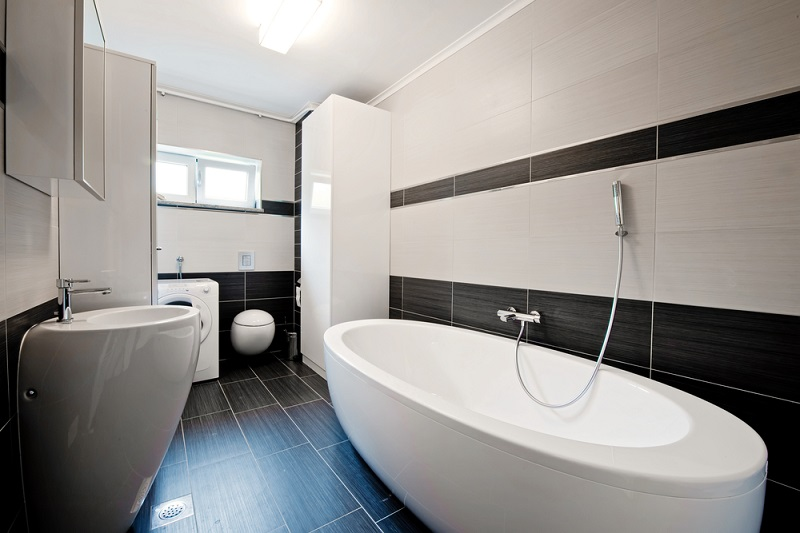Have you ever wondered how large commercial buildings manage to get perfectly even concrete floors? Do you ever question why certain concrete surfaces hold up better over time? If so, you’re about to uncover a goldmine of knowledge on advanced strategies for using concrete screeds in Melbourne. This post is designed to answer your burning questions, share best practices, and give you the confidence you need to tackle any screeding project.
Concrete screeds matter a lot more than many people realise. With the right technique and a bit of know-how, you can boost both the visual appeal and the structural integrity of a floor or pavement. Throughout this article, we’ll explore key screeding methods, from site preparation to advanced levelling strategies. We’ll also look at how to avoid common errors, prolong the life of your surfaces, and stay ahead of the competition in Melbourne’s busy construction scene.
Understanding Concrete Screeds
What Are Concrete Screeds?
Concrete screeds are specialised tools and techniques used to achieve a level and even surface on freshly laid concrete. They help remove excess material while ensuring the concrete layer remains consistent in thickness. Screeds can be manual like a straight edge that a couple of workers drag across the concrete or they can be powered and mechanised, often using vibrating components to consolidate the material.
If you’ve seen workers smoothing wet concrete with a wooden or metal plank, you’ve already spotted a basic screed in action. That simple process forms the foundation of more advanced screeding strategies. By harnessing the right type of screed, you can make sure your concrete floors meet the precise structural and aesthetic standards required for Melbourne’s diverse building projects.
Key Benefits of Screeding for Durability and Longevity
Using a well-chosen screeding method can amplify strength and stability, so the concrete surface stands up to constant use. In places where heavy machinery is common like warehouses or areas with high foot traffic like shopping complexes proper screeding is non-negotiable. The uniform thickness prevents structural weak spots and minimises the chance of cracks later down the line.
Durability also has a lot to do with finishing touches. A well-screeded floor supports even curing, which holds moisture levels in check and helps the concrete harden properly.

Preparing for Successful Screeding
Evaluating Site Conditions and Requirements
Before you break out a screed whether manual or powered it’s essential to analyse your site conditions. Understand the soil type, the weight loads your floor will endure, and the local climate factors. In Melbourne, weather can be unpredictable, so anticipate temperature shifts and consider how these variations might impact curing times or the overall strength of the concrete.
Part of a thorough site evaluation involves checking for drainage requirements. If the project calls for water runoff management, you’ll need to incorporate gentle slopes or specific drainage channels. These details play a huge role in planning your screeding strategy, as even the slightest adjustment can prevent costly water damage in the future.
Essential Tools and Materials
You’ll want to assemble a set of vital tools and materials to execute a successful screeding job. This list typically includes:
• Concrete mix with relevant additives, depending on project demands
• Screed rails or guides to maintain consistent thickness
• Measuring tools like laser levels, tape measures, or string lines
• Lightweight hand screeds or powered screeds (vibrating or laser-guided)
• Protective equipment such as gloves, goggles, and sturdy boots
Investing in quality equipment sets you up for a smoother workflow. It also ensures you avoid the hassle of frequent breakdowns or poor-quality finishes. After all, the cost of redoing concrete floors can be much higher than the upfront cost of excellent tools.
Making Sure Surfaces Are Measured and Level
Accurate measurements are a top priority in any concrete project. Even a small miscalculation can lead to uneven floors that create safety hazards and reduce the project’s overall quality. Begin by marking the highest and lowest points on your workspace. These benchmarks will guide where the concrete needs to be added or removed.
Laser levels or surveying equipment provide the most reliable measurements, but even simple tools like a long spirit level can do the trick if you’re careful. Don’t forget to double-check your calculations. Confirming them beforehand is far easier than correcting a lumpy, inconsistent slab after the concrete sets.
Advanced Strategies for Optimal Concrete Screeding
Manual vs. Powered Screeding: Choosing the Right Approach
When working on advanced screeding strategies, you’ll likely face the decision between manual or powered screeds. Manual screeding works nicely for smaller areas or projects needing a decorative pattern. It gives you direct control of the process, but it can also be physically demanding and time-consuming.
Powered screeds shorten labour time and provide an impressive level of uniformity. Moreover, vibrating screeds actively settle the concrete, minimising air pockets and creating a denser slab. Laser-guided screeds go even further, using state-of-the-art controls that allow near-perfect level surfaces ideal for large commercial spaces around Melbourne. Each type has its pros and cons, so base your choice on the project’s scale, budget, and finish quality objectives.
Precision Techniques for Large-Scale Projects
Working on large-scale developments requires more than just a big screed. It calls for detailed organisation, regular checks, and a well-trained crew. Start by dividing the workspace into smaller, more manageable sections, known as bays or strips. Each section will be easier to measure and screed accurately, helping you avoid common pitfalls like overlapping edges or inconsistent joint heights.
Pay special attention to expansion joints gaps allotted to accommodate the floor’s natural expansion and contraction. These joints help prevent random cracking, especially when Melbourne’s temperatures shift. Using high-traffic areas as reference points often refines your strategy, guiding where expansion joints or thicker slabs may be required to handle heavier loads
Achieving Consistent Thickness and Levelness
Consistency is the key to a structurally sound and visually appealing surface. One helpful method involves setting up rigid screed rails across the entire area you plan to screed. These rails, set at the correct elevation, act as guides and keep you on track. As you pull or vibrate the screed across, you’ll cut through the fresh concrete precisely at the desired height.
For even more consistency, maintain a steady pace when dragging or operating the screed. Rushing can result in dips or ridges, while moving too slowly may cause premature surface drying. Regularly check the level of your screed and the thickness of the concrete left behind. Over time, you’ll develop an intuitive feel for how to maintain the floor’s withstanding strength and visual uniformity.

Maintaining and Repairing Screeded Surfaces
Best Practices for Long-Term Upkeep
Once you’ve laid and cured your screeded surface, consistent maintenance will help it stand the test of time. Cleaning is key. Removing dirt and debris prevents grit from wearing down the finish. In commercial settings, consider sealing the surface to shield it from chemicals or heavy machinery traffic. Regularly inspect for early signs of minor issues, like hairline cracks, to intervene before they become big problems.
You should also pay attention to how the floor is used. If you’re dealing with forklifts or frequent deliveries, place protective coverings in high-traffic zones. This simple addition reduces surface wear and helps keep your screeding work in prime condition.
Crack Prevention and Repairs
Even the best screeded surfaces can develop cracks over time. Common causes include shifting soil, moisture changes, and everyday use. To reduce the chance of cracking, install expansion joints and control joints at logical intervals. These joints help contain the natural movement of the slab. If hairline cracks do appear, addressing them quickly with a suitable patching compound can stop further deterioration.
For deeper cracks or structural concerns, consult an industry expert. They can diagnose the root cause and recommend an appropriate fix, such as epoxy injections or partial slab replacement. Dealing with cracks in their early stages is crucial for preventing higher repair costs later.
Periodic Assessments and Timely Interventions
Scheduling periodic assessments is a smart, proactive approach. An annual or semi-annual check-up can catch minor issues like surface wear, micro-cracks, or signs of moisture infiltration before they get out of hand. Timely interventions might mean resealing sections, replenishing joint fillers, or re-tightening screed rails if the building is under ongoing expansion.
When you spot a problem, weigh the cost of repairs against the potential future damage. Repairs can be relatively small-scale if tackled early, saving you from costly overhauls. This approach helps preserve both the looks and stability of your screeded surfaces, ensuring your investment lasts.
Advanced Strategies for Using Concrete Screeds
Summing up, screeding is a vital process that can make or break the longevity and appearance of concrete surfaces. Whether you’re a homeowner eyeing a polished living room floor or a contractor taking on a massive warehouse, investing in the right screeding methods pays off. Melbourne’s construction dynamics require both precision and speed, and thankfully, advanced screeding tools like laser-guided systems offer the best of both worlds.



